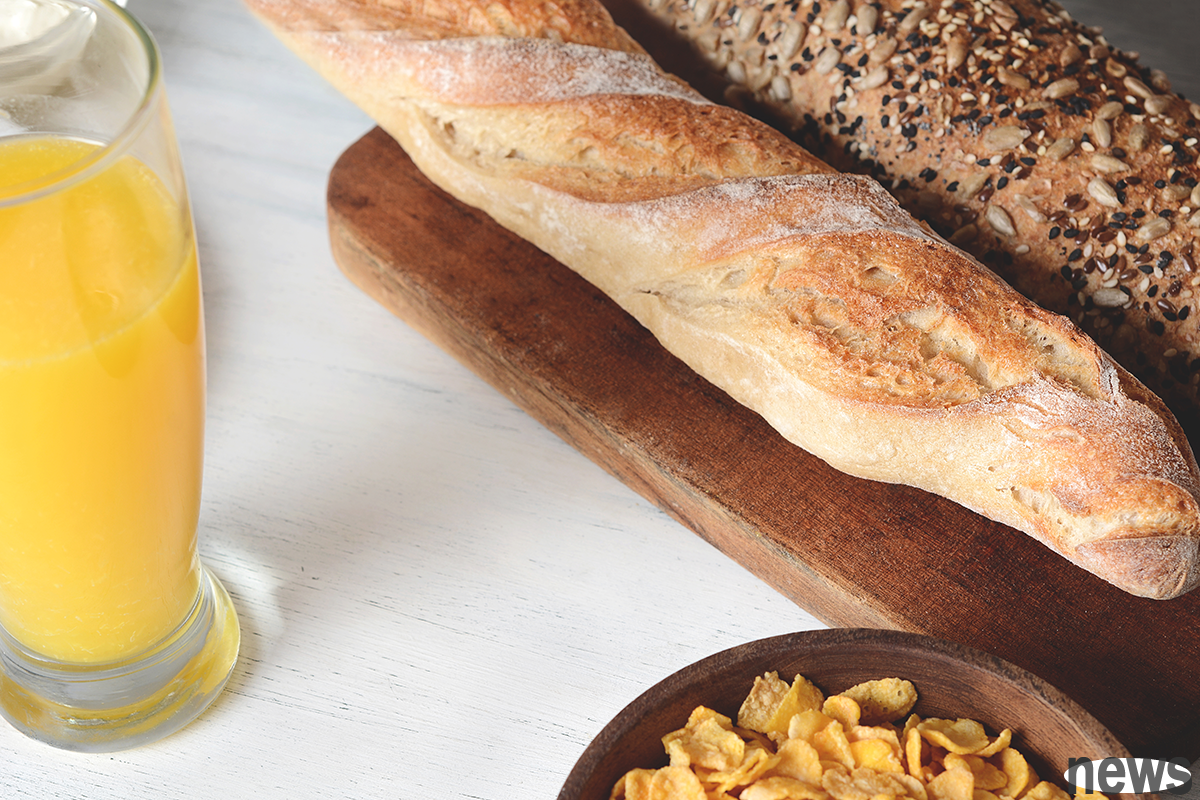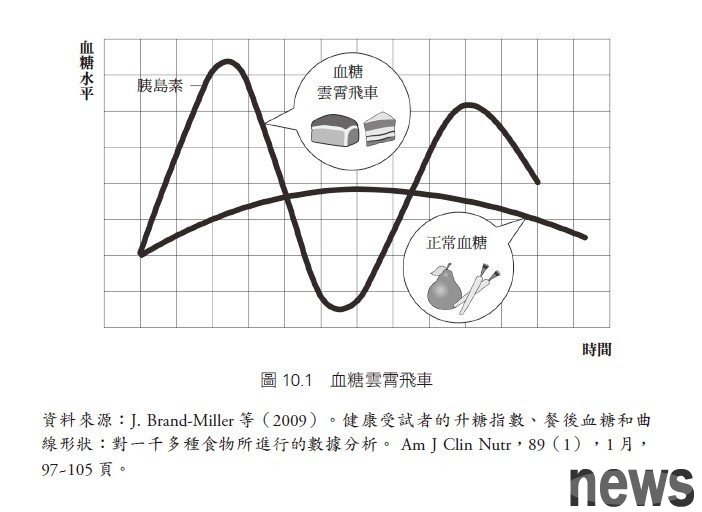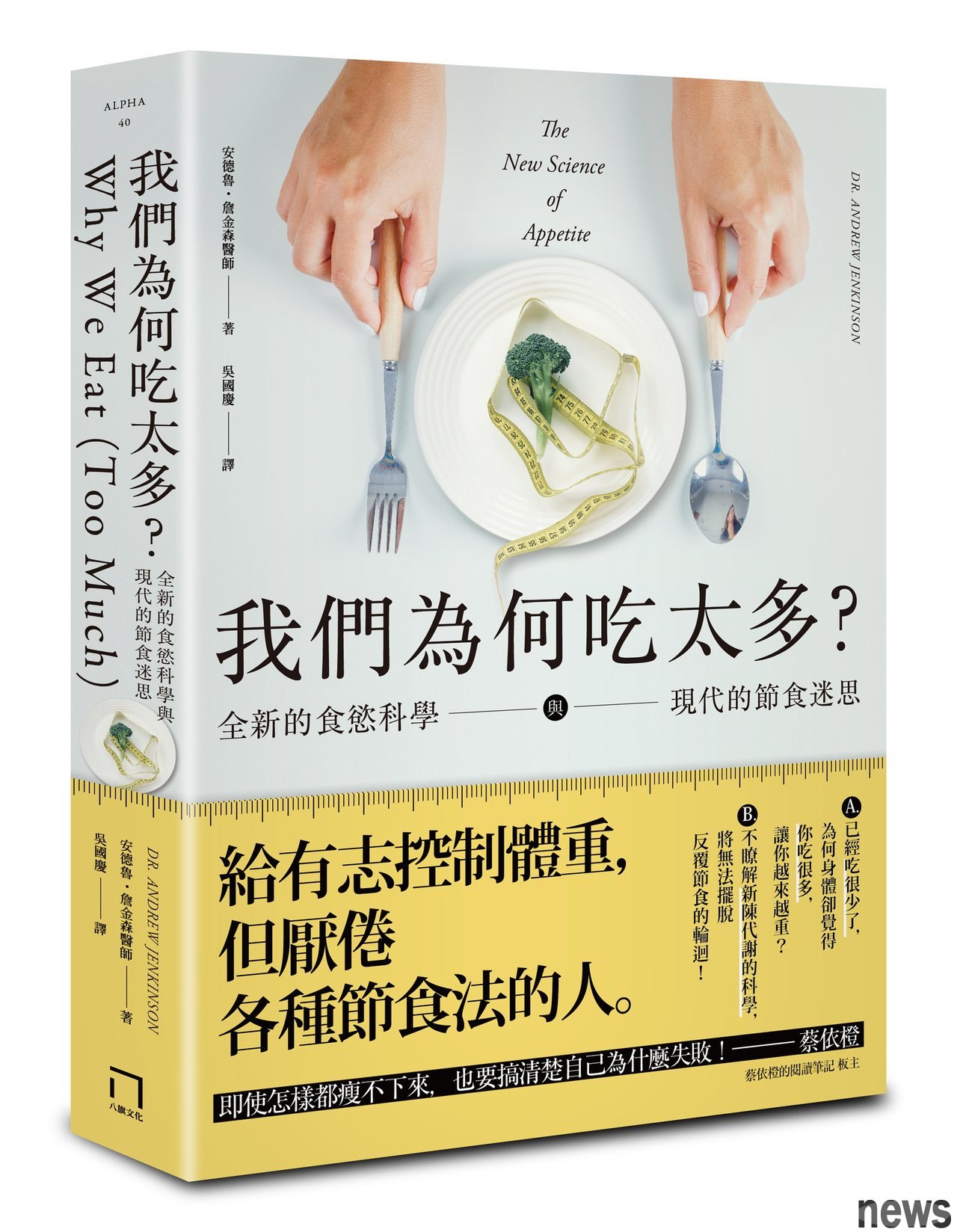 A teaspoon of sugar ⋯ ⋯
A teaspoon of sugar ⋯ ⋯ Your brain needs sugar and needs glucose in the blood to exert brain function. The human body must maintain the most appropriate amount of this precious brain fuel in the blood: too little glucose will lead to a coma, and too much glucose will cause inflammatory damage. However, the amount of sugar actually brought in the human blood is surprisingly small.
The entire body of most people contains about 5 liters of blood. How much sugar is included? Imagine how much sugar should be poured into the bucket after filling the bucket with 5 liters of water to make this bucket as sweet as the blood?
The answer may surprise you. Just pour "one teaspoon" of sugar and you can reach the optimal blood sugar level of 80 mg/dl (per 100 ml).
There are a lot of sugar stored in the muscles and liver of the human body, but in the entire 5 liters of blood, only one teaspoon of sugar is stored. Transferring the hormones related to glucose, especially insulin, strives to maintain glucose levels in the blood, so it is very important to our life and health. Glucose is the final product of all carbohydratesAfter eating any food containing carbohydrates, glucose begins to enter the bloodstream, and when the pancreas feels glucose, it begins to secrete intraocular. The job of insulin is to direct blood sugar into our cells (mostly fat cells). When insulin levels are high, the body automatically switches to a storage mode: insulin forces glucose to enter fat cells from the blood and then transforms into triglycerides. Once the blood sugar returns to the level of a teaspoon of sugar again, insulin will disappear temporarily because we no longer need it.
The amount of insulin secreted by the pancreas is proportional to the amount of glucose entering the circulatory system. The amount of glucose enters the blood and its speed of discharge depends on the food we eat. Therefore, insulin levels are equal to being directly affected by the type of food we eat. Foods or drinks that are high in sugar (such as cocacola) can make us produce a lot of insulin. For foods containing complex carbohydrates (such as celery stalks), the stomach takes some time to break down, so glucose is slowly injected into the system, resulting in a longer but less intense insulin secretion process (slowly flowing in).
For example, a teaspoon of sugar contains 4.2 grams of sugar, which is about the same sugar content as 1/8 can of cole, and the same amount as the portions in four celery. With a sip of coke, the sugar will be injected into the bloodstream within a few minutes, causing a surge in blood sugar (double in volume), so the body needs a lot of insulin to solve this problem. And if we eat four celery, it takes at least one or two hours to break down the complex carbohydrate chains contained in celery into simple sugar, so the blood sugar rise will be very slow, and insulin only needs to rise slowly to deal with sugar. Although the amount of instin that humans treat these coli sugars is exactly the same as the amount required to treat celery sugar, remember that we are going to discuss the long-term total instinct secretion, which is used as part of the calculation of weight setting point: that is, the more long-term total instinct secretion, the higher the weight setting point. Therefore, when calculating insulin and weight setting points, it is not about the food type, but about the total amount of sugar. Which situation can easily increase the total amount of sugar in the end?
Cloud Flying High and LowerLet us expand this point slightly. Although the sugar in cacao cole or celery is the same, if the sugar in the food (or beverage) is too fast to release sugar and the sugar content is also high, it will cause a rapid increase in intraocular secretion. When glucose entering the blood increases greatly, insulin increases significantly. The function of insulin is to open fat cells and inhal sugar into fat cells... This is what we must pay attention to; after insulin surges, too much glucose will leave the blood, causing blood sugar to drop. This process will cause a warning of "reducing glucose" in the brain, making us anxious and strongly desire to continue eating any sugary foods. Because the brain is entering the key "survival mode", the message sent out is "Sugar, eat sugar quickly!" We cannot ignore these warning messages and must look for sugar immediately. Therefore, no matter where the sugar is, the brain will force us to find sugar as soon as possible. Fortunately, in Western environments, humans are surrounded by sugar; but the unfortunate part is also that sugar has been penetrated into most foods. Although the brain does not need a spoonful of sugar at this time, it may only cost half a spoonful, but what it gets may be a low-fat blueberry sausage (containing nine spoonfuls of sugar) ⋯⋯. When the sugars flooded the blood again, insulin was activated again (insulin was secreted in large quantities) and continued to repeat this cycle.
This is the classic blood sugar cloud flying car. When we eat a highly refined sugary breakfast (cereal or toast with juice), the blood quickly increases sugar. About halfway through the morning, the reactionary insulin secretion reached its peak, forcing sugar to enter fat cells from the blood, causing a plunge in blood sugar. So at this moment, you will begin to crave more sugar. At this time, the coffee shop will call you: "It's time to eat blueberry snacks!" In this case, it feels great to eat something, so the whole process of blood sugar rise will come again. Then before lunch, insulin reaches its peak of secretion, causing hypoglycemia. So we went to the street to buy lunch: sandwiches, potato slices (you need those endocannabinoids), cole. Yes, blood sugar is like this all day long....

This is the pleasure brought by the blood sugar cloud flying car, but this trip is a brand new route. Before the U.S. government formulated the Megowen Report in 1977, many people had already eaten fried eggs, bacon or fragrant glutinous rice during breakfast, which is a typical British breakfast. This usually allows people to spend the whole morning and have a small lunch until noon. There is no exciting blood sugar peak at all, and there is no fear of low blood sugar in the future. Later, we were suddenly informed by the government that the food and fat in the full English breakfast would make everyone feel sick, so we had to stop eating this breakfast. Instead, we switched to low-fat (high-precision carbohydrate) breakfast and took our seats early on the blood sugar cloud flying car.
※ This article is excerpted from "Why do we eat too much?" The new food science and modern food myth."Why do we eat too much? The new food science and modern food myths》
Author: Andrü Jenkinson
Translator: Wu Guoqing
Publisher: Eight Banners Culture
Publication date: 2020/12/30

"Why do we eat too much? A new book cover of the Eating Science and Modern Food Myth.
Picture/Eight Banners Culture Provided